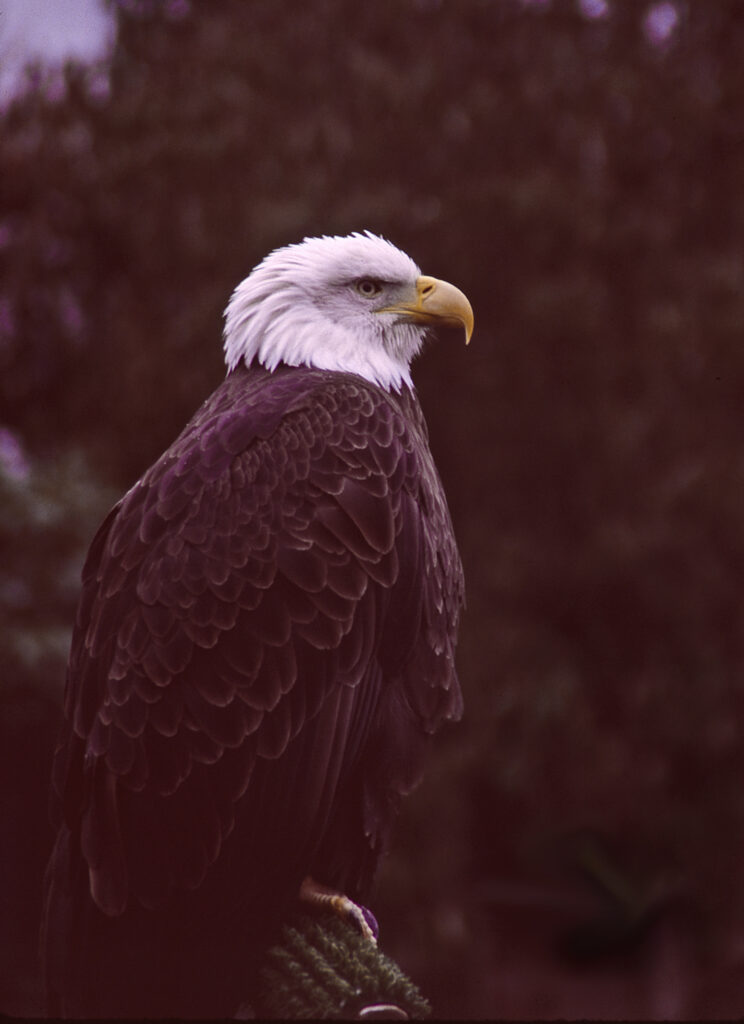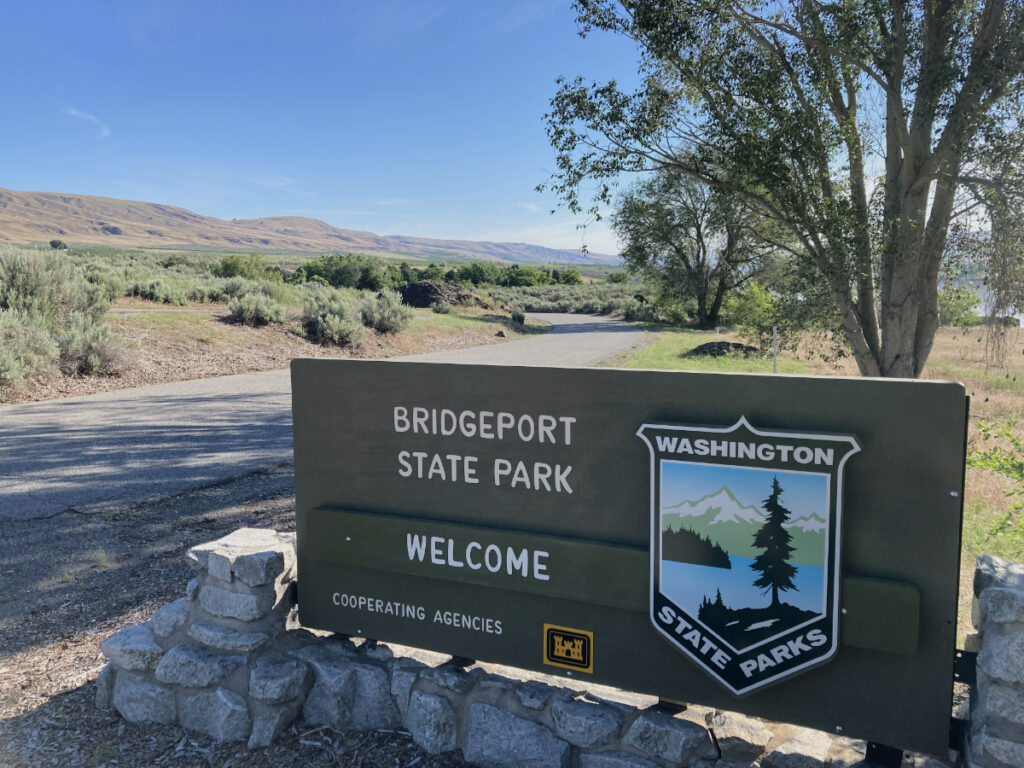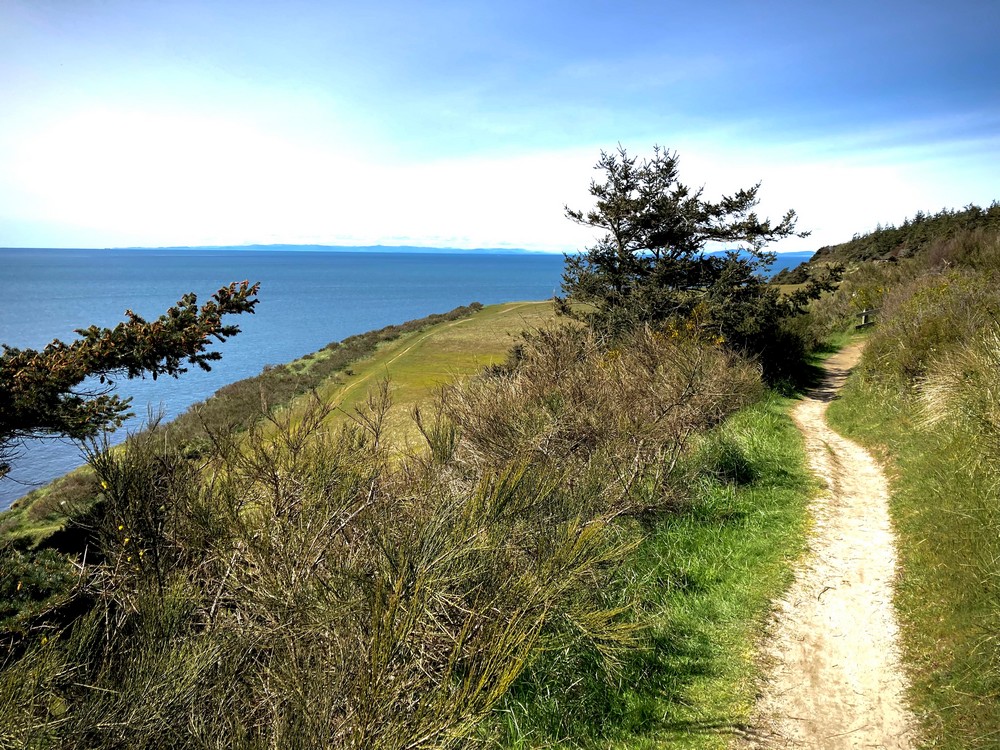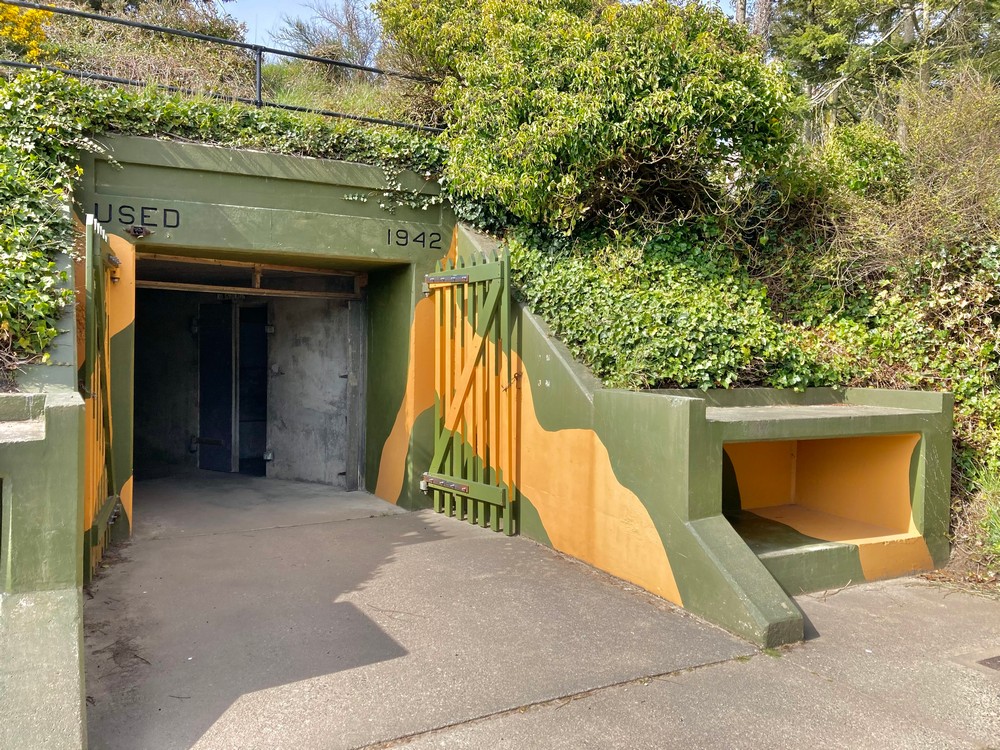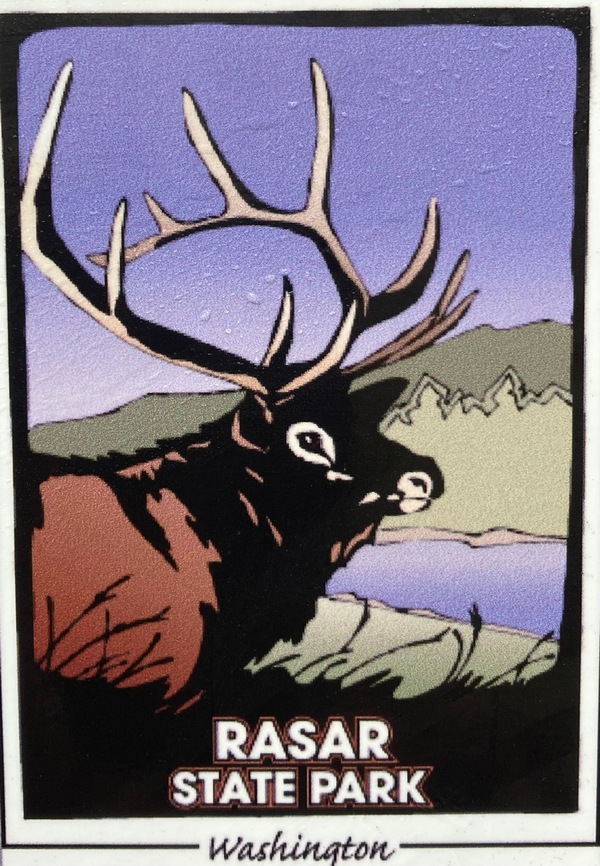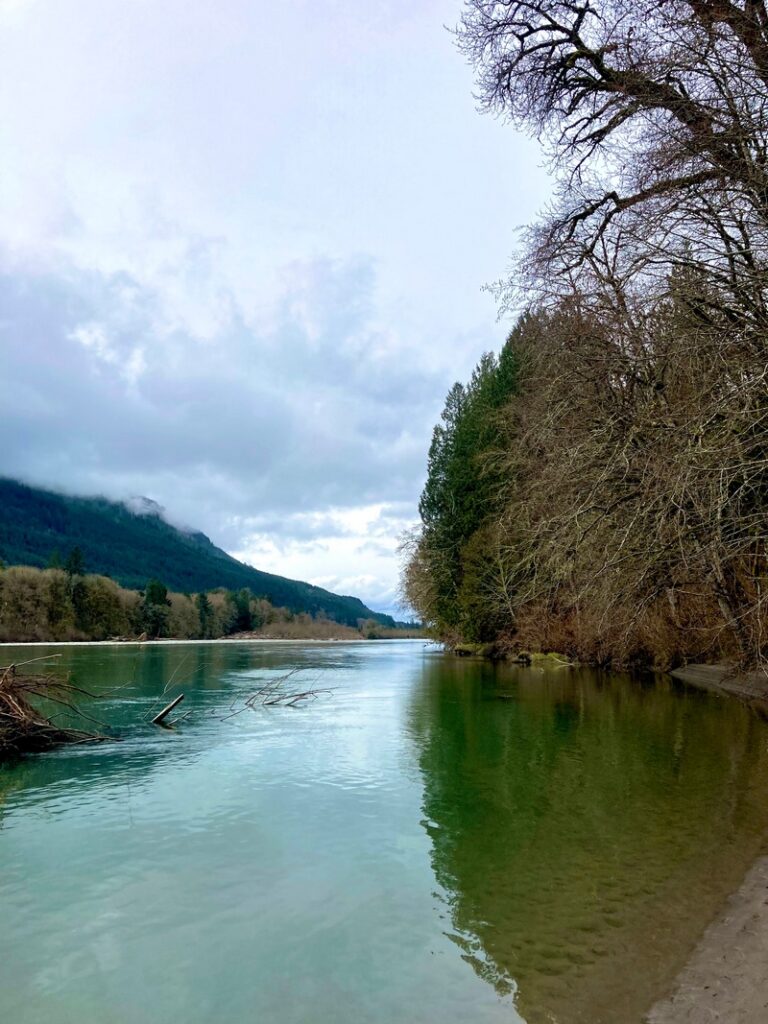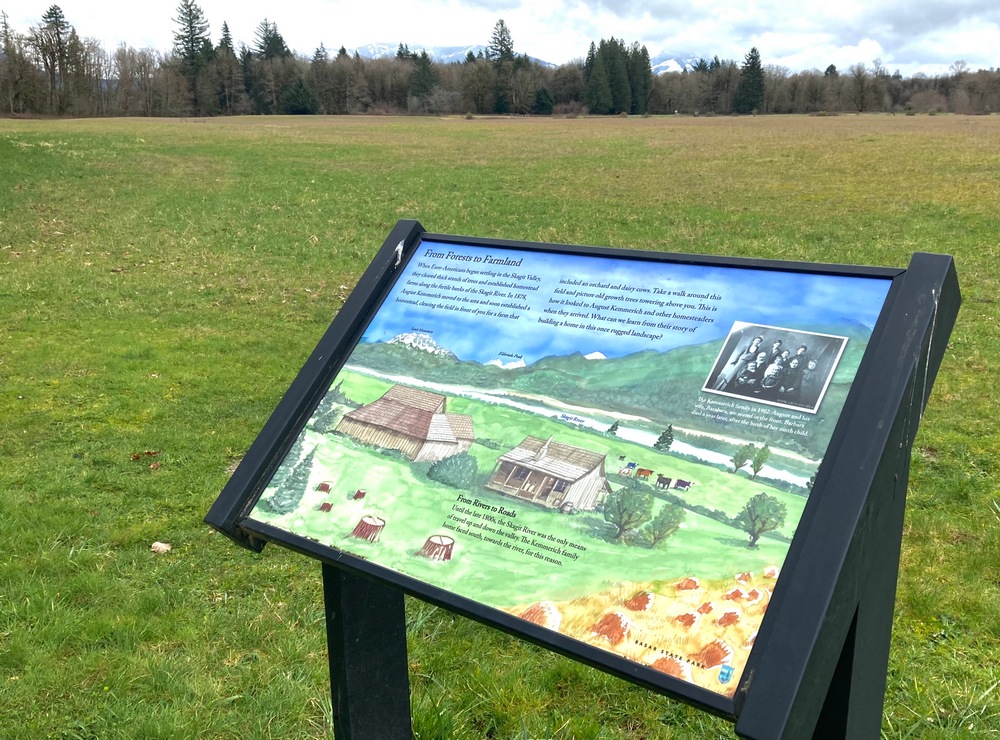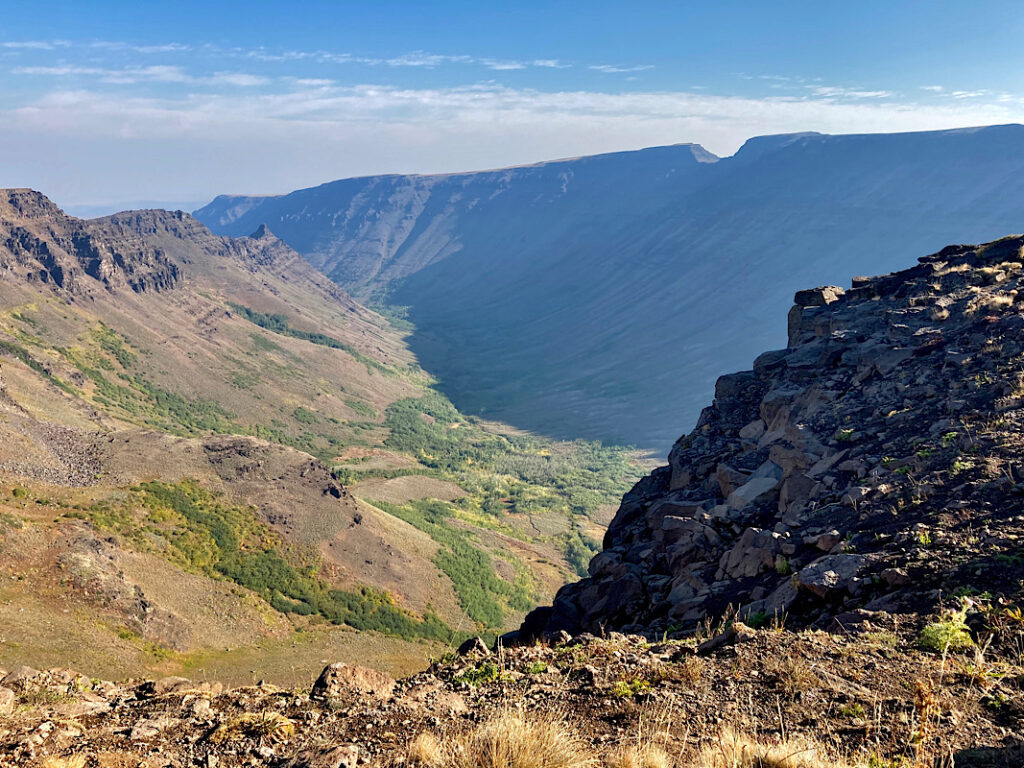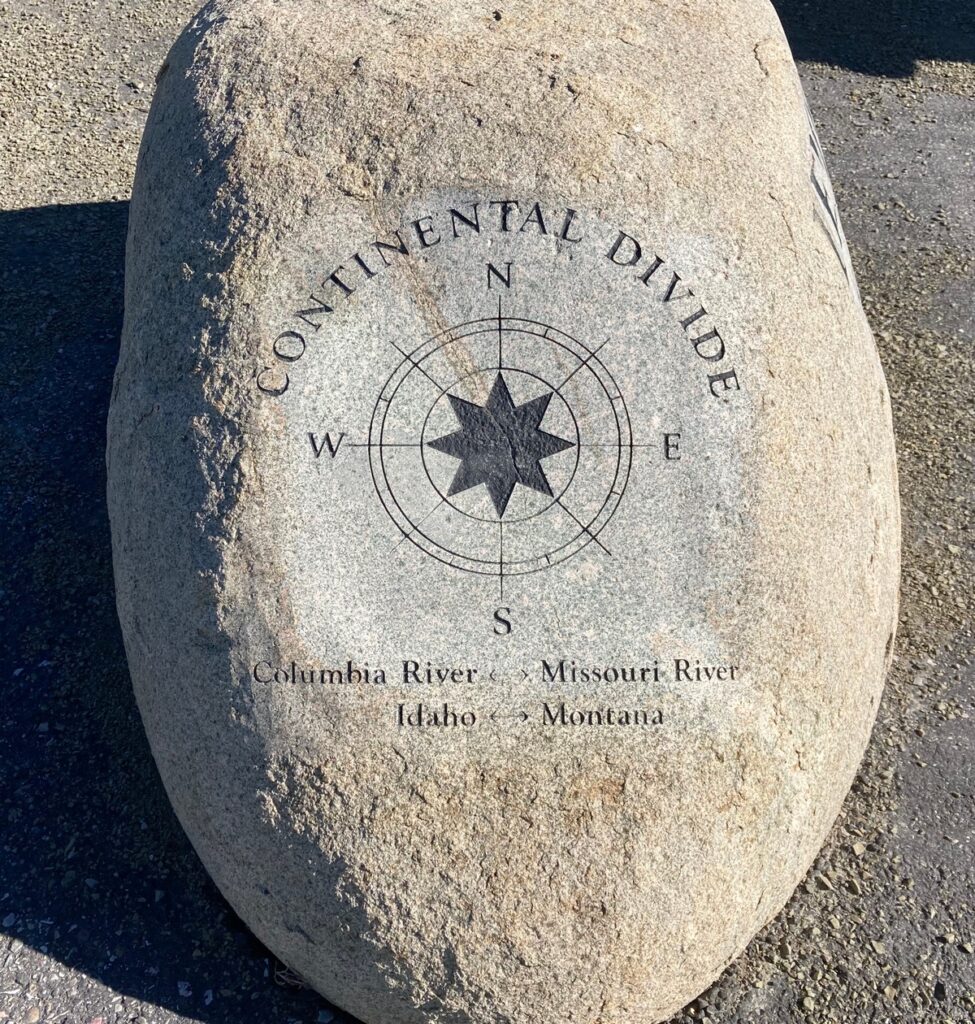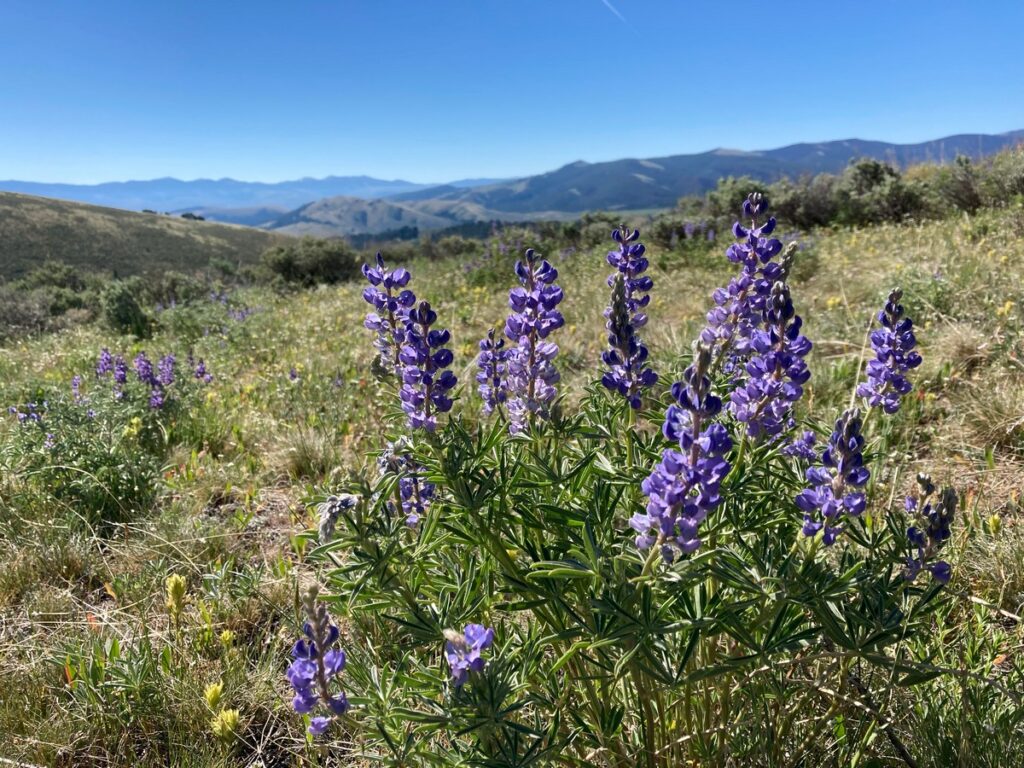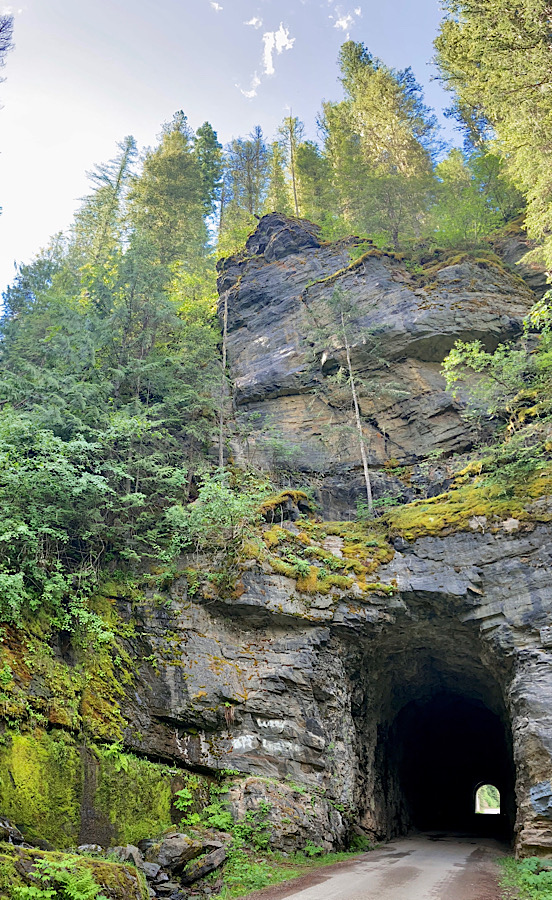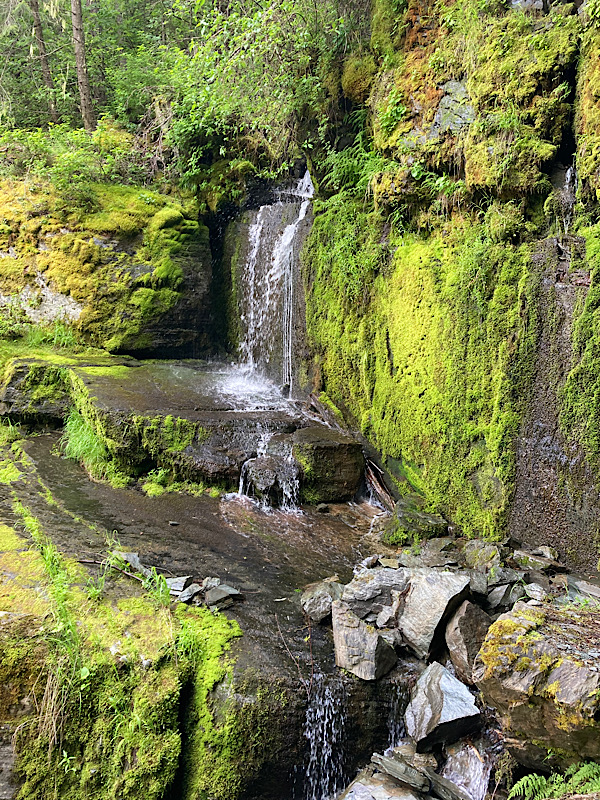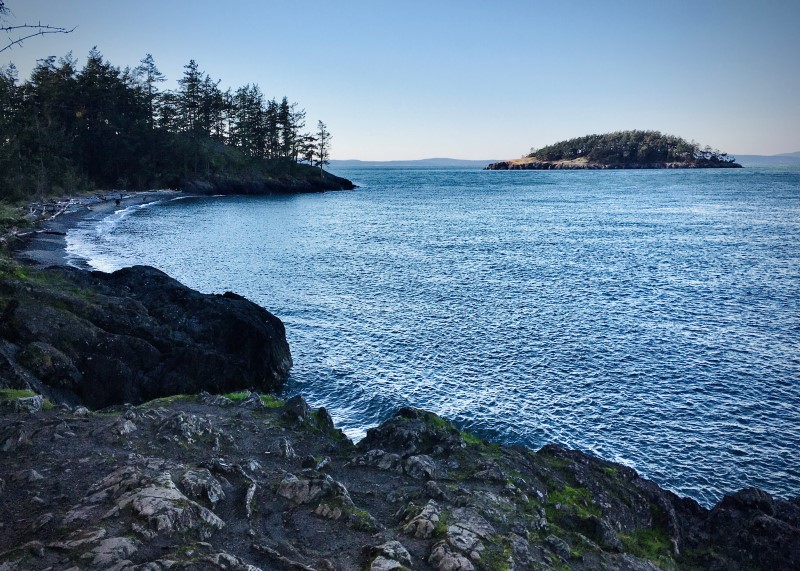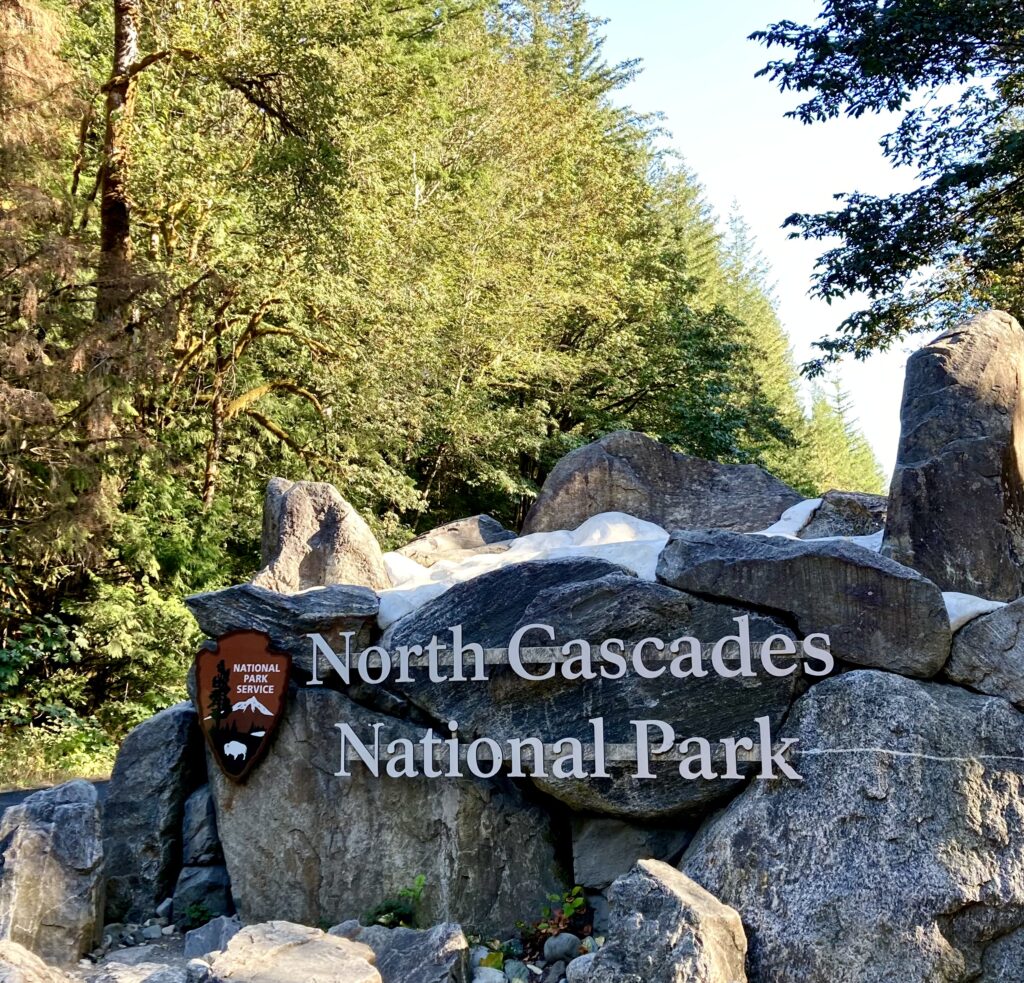
North Cascades National Park in northern Washington State is our kind of place—more than 94 percent of it is protected wilderness. We love to visit and participate in the many aspects of the park including hiking, camping, and water activities. The park shelters grizzly bears and gray wolves, plus more than 200 bird species.
Driving along scenic State Route 20 there’s plenty to see: majestic conifer-clad mountains, glaciers and lakes. Along the way viewpoints lead to hiking trails such as Cascade Pass Trail and the steep Thunder Creek Trail. Crystal clear Diablo Lake, Ross Lake and Lake Chelan offer boating and fishing in season.
Campers have their choice of four campgrounds along State Route 20: Goodell Creek, Newhalem, Colonial Creek and Gorge Lake. We recently camped at Newhalem and found the campsites spacious and with the perfect combination of privacy and convenience. The campground has three loops totaling 107 sites, with each loop containing restrooms and a central water supply. There are also two group camps plus 13 walk-in sites.
Although Newhalem Campground is private and secluded, the town of Newhalem, a visitor center and other amenities are only a short distance away. The Newhalem Visitor Center is one of the finest in the state with exhibits depicting wildlife, complete with sound, a relief map of the park and adjacent forests, a theater featuring video presentations, a sales area with books, maps, videos and other items related to the park, plus several short accessible interpretive trails.
We especially enjoyed three short hikes from the campground. The “Meet a Tree Trail” meanders around the forest with signage identifying various trees found in the area. The “Rock Shelter Trail” took us to a 1,400 year old hunting camp sheltered by a large boulder alongside Newhalem Creek. “Trail of the Cedars” is a self guided nature trail that identifies a wide variety of native plants and animals.
Camping season at North Cascades National Park typically stretches from May to September. State Route 20 is normally closed November through early May depending on snow levels, so plan your visit to North Cascades National Park during late spring through fall.
Before you go, check road conditions online
For more information about North Cascades National Park, visit
https://www.nps.gov/noca/index.htm



